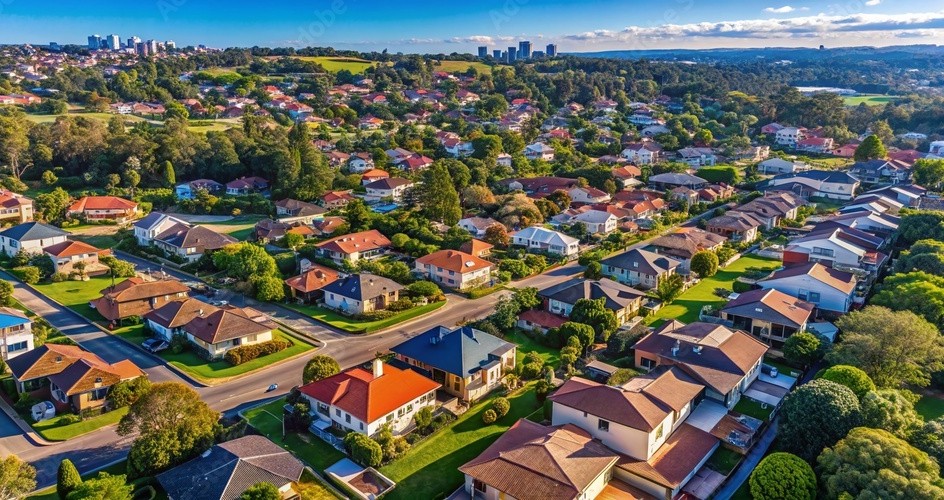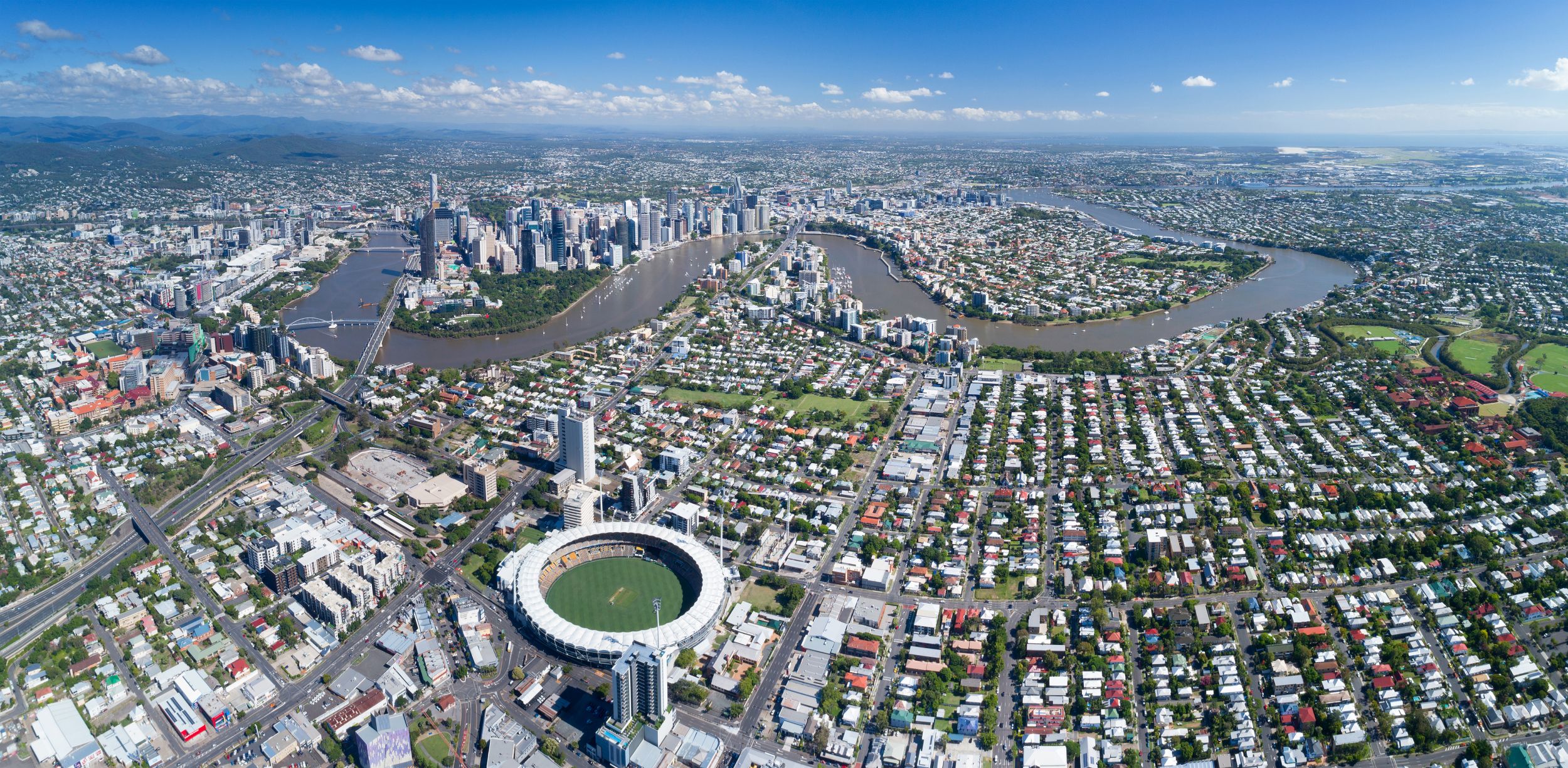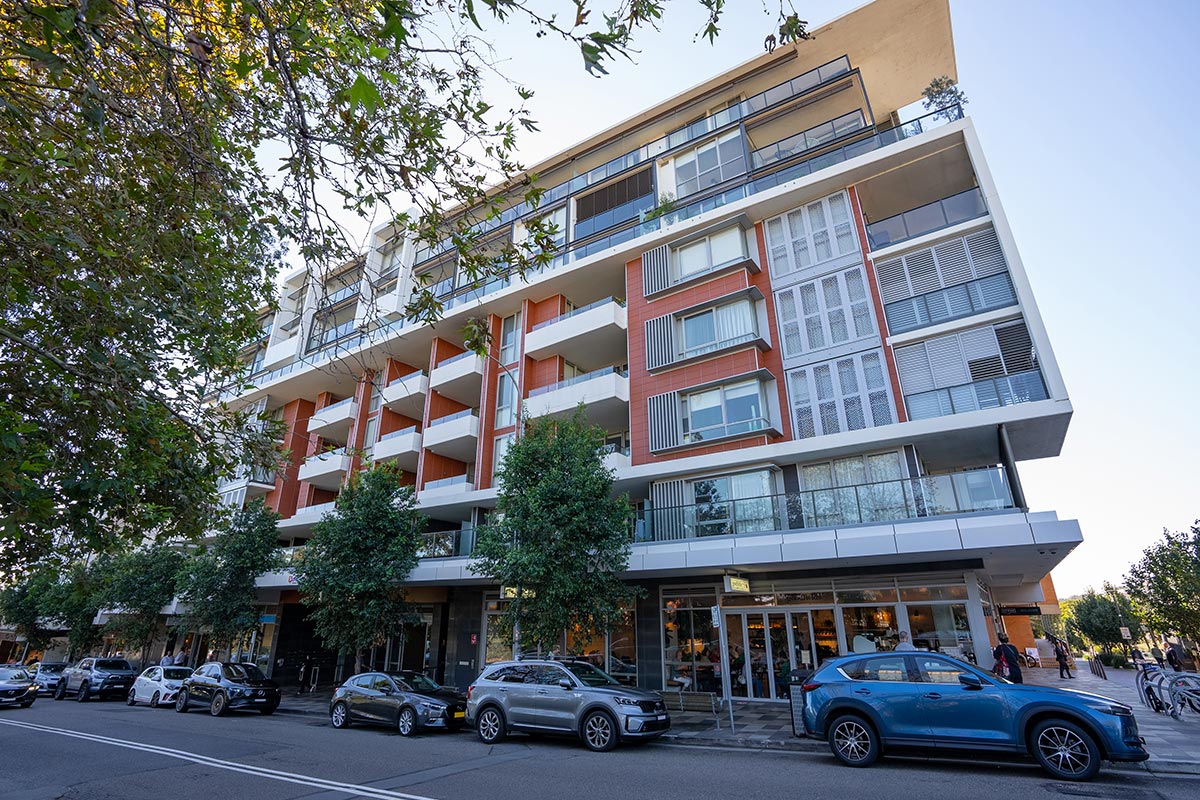The NSW Government’s Planning System Reforms Bill 2025...
Warehouse or Distribution Centre v Local Distribution Premises
Recent dealings with the NSW Department of Planning and Environment (DPE) have revealed numerous ambiguities contained in land use definitions for Warehouse or Distribution Centres and Local Distribution Premises.
The Standard Instrument defines these land uses as follows:
warehouse or distribution centre means a building or place used mainly or exclusively for storing or handling items (whether goods or materials) pending their sale, but from which no retail sales are made, but does not include local distribution premises.
local distribution premises means a building or place used for the storage or handling of items (whether goods or materials) pending their delivery to people and businesses in the local area, but from which no retail sales are made.
Typical warehouse buildings, be it multi-unit or single tenancy, if over $30 million in Capital Investment Value are deemed State Significant Development (SSD). This has been particularly evident in the past 18 months with a flurry of SSD applications lodged for smaller unit/multi-level buildings which typically in the past would not fall into such category. We understand this influx is due to legal advice obtained confirming that such developments meet the SSD threshold under Schedule 1 of State Environmental Planning Policy (Planning Systems) 2021.
As the trend for multi-level and smaller units under the SSD category continues due to the emergence of e-commerce, the validity of such development has been brought into question (mainly by DPE) as the question has arisen whether they are more suitably characterised as a Local Distribution Premises. This is on the basis that the units are smaller, and certain (not all) tenants may be aligned with the last mile logistics model.
However, the definition for Local Distribution Premises contains the wording “the local area”, and it is not clear to what this constitutes or for that matter how it would be any different to a Warehouse or Distribution Centre noting both definitions restrict retail sales.
It is relevant to note the definition for ‘Local Distribution Premises’ was introduced in 2018 and at the time, the definition was categorised to be a type of warehouse or distribution centre; however, this has since changed without any further clarity.
It is apparent that if the Local Distribution Premises definition is to exist, there must be clearer parameters to make it more distinct and give certainty to developers regarding the planning pathway applicable. The current reading fails to provide direction in this respect. Further, Local Distribution Premises are excluded from the Complying Development Code, and therefore approval for such developments cannot be undertaken under that pathway (adding further complexity).
Given the record-breaking demand for all forms of warehousing and/or distribution premises in recent times, the NSW Government should provide clarity on land use definitions and planning requirements to increase industry confidence. We urge the policy makers of DPE to consider this in close consultation with industry.
Related Articles
The NSW Department of Planning, Housing and Infrastructure...


